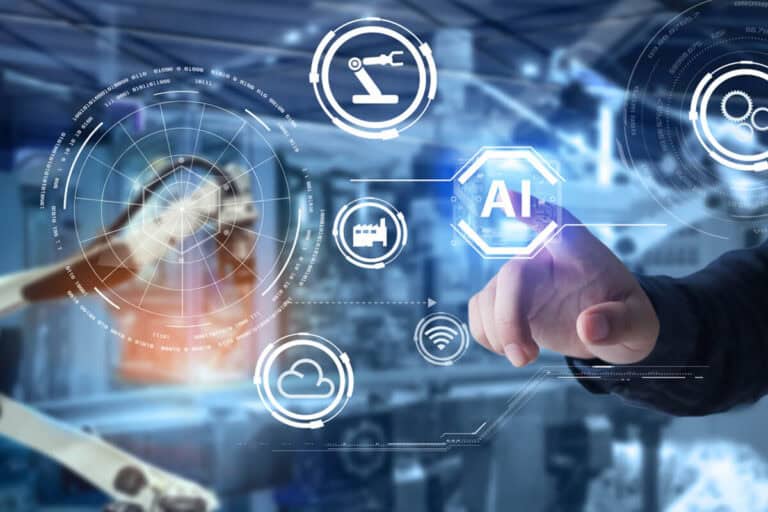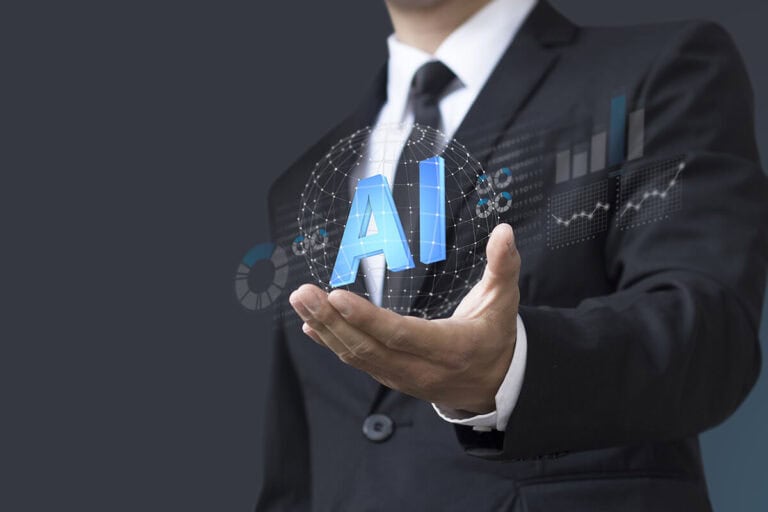Key Highlights
- Augmented intelligence is a subset of artificial intelligence that focuses on enhancing capabilities rather than replacing humans.
- Artificial intelligence refers to the intelligence displayed by machines, while augmented intelligence seeks to work with humans to improve decision-making.
- Augmented intelligence is already enabling practical applications in various industries, including healthcare, retail, and finance.
- Artificial intelligence is pioneering autonomous solutions, such as self-driving cars.
- The mechanisms behind augmented intelligence include data interpretation and predictive analytics.
- Augmented intelligence and artificial intelligence have different, complementary approaches and goals.
Table of Contents
Toggle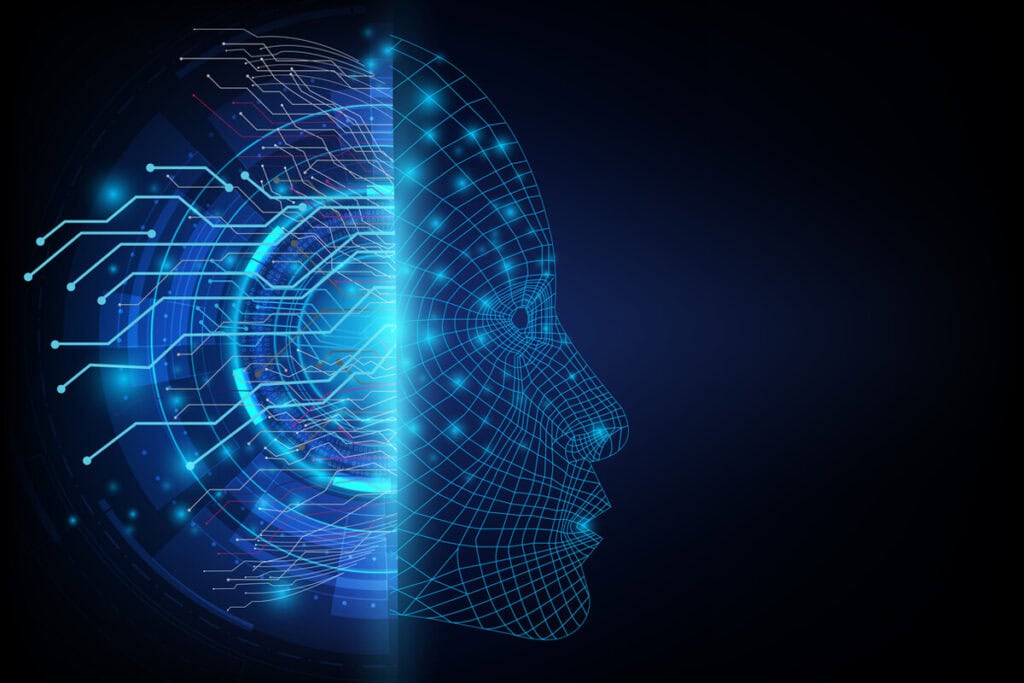
Introduction
When considering augmented intelligence vs artificial intelligence, it is tempting but misleading to see the two disciplines as competitive with each other. Both play key roles in the evolution of human-machine interactions. While artificial intelligence tends to mimic human intelligence, augmented intelligence typically uses various technologies to enhance human capabilities.
Both approaches are transforming entire industries using machine learning and big data. Differentiating between the two is vital in navigating the evolving landscape of intelligent systems. It will also help to put consideration of augmented intelligence vs artificial intelligence into a more clear and accurate context.
What Is Augmented Intelligence?
Augmented Intelligence focuses on using AI technologies to enhance human capabilities rather than replacing them. It combines human expertise with machine intelligence to improve decision-making processes. This synergistic model aims to amplify human potential by providing valuable insights and recommendations.
What Is Artificial Intelligence?
Artificial Intelligence (AI) is the simulation of human intelligence in systems programmed to mimic cognitive functions such as learning and problem-solving. AI-powered solutions tend to focus on highly automated or autonomous tasks, often carried out with little or no human intervention.
Augmented Intelligence vs Artificial Intelligence
Augmented intelligence and artificial intelligence represent two distinct yet interconnected and complementary fields. The combination of enhanced human abilities and intelligently automated and autonomous tasks is already making several industries more efficient, agile, and responsive. Augmented and artificial intelligence technologies are also ushering in a new era of intelligent machines and collaborative technologies. Both augmented intelligence and artificial intelligence play pivotal roles in reshaping the technological landscape, and will do so for the foreseeable future.

Vision and Goals: Where AI and Augmented Intelligence Diverge
When considering augmented intelligence vs artificial intelligence, the two disciplines have decidedly different goals. Augmented intelligence compliments and amplifies human intelligence, while artificial intelligence largely aims to replace human intervention. This distinction is driving the development of assistive technologies that incorporate both approaches and prioritize the relationship between humans and machines. This represents a significant shift in the design, application, and purpose of many intelligent systems.
Collaborative Models: How Augmented Intelligence Complements Human Efforts
Augmented intelligence enhances decision-making by combining human and machine capabilities. This collaborative approach empowers individuals with faster and deeper insights from data than possible for humans alone. The synergies between augmented intelligence systems and human expertise and experience are improving outcomes in multiple industries.
Practical Applications of Augmented Intelligence

Revolutionizing Healthcare: Enhanced Diagnostics and Treatment Plans
Augmented intelligence is improving diagnostics and treatment plans through patient data and machine learning. It assists healthcare providers in devising precise treatment plans and offers decision support by analyzing vast amounts of data, leading to more efficient and accurate diagnosis and treatment strategies.

Transforming Retail: Personalized Customer Experiences
Augmented intelligence enhances customer experiences in retail by providing personalized interactions and tailored recommendations. By enhancing decision-makers’ abilities to analyze consumer behavior patterns and preferences, augmented intelligence can help companies offer customers more precisely tailored suggestions and recommendations. These help to create more engaging in-store and online customer experiences that improve customer satisfaction and loyalty. Augmented intelligence is helping retailers to develop and execute more customer-centric strategies and tactics.

Innovating Finance: Risk Analysis and Management Insights
Finance professionals are using augmented intelligence to enhance risk analysis and provide valuable management insights. Augmented intelligence systems use machine learning and deep analysis of historical data to offer accurate predictions and proactive risk management strategies. These help financial professionals to make better decisions faster, improve operational efficiency, optimize risk assessment, and reduce uncertainties.
The Mechanisms Behind Augmented Intelligence
Augmented intelligence systems use machine learning algorithms to process and interpret vast amounts of unstructured data. They also use natural language processing to enhance human interaction, especially for complex tasks. These abilities enable professionals to make more precise predictions and forecasts and faster, better strategic decisions.
Data Interpretation: Making Sense of Complex Information
Augmented intelligence uses machine learning and deep learning techniques to extract valuable insights from unstructured data. This enhances decision-making by providing clear, actionable recommendations from complex historical data. Augmented intelligence bridges the gap between raw information and meaningful conclusions for informed choices.
Predictive Analytics: Forecasting with Precision
The ability of augmented intelligence systems to process and analyze voluminous historical data enables predictive analytics. These systems predict future trends with high accuracy, which brings new levels of precision to decision makers’ forecasts. Advanced algorithms and data interpretation features offer invaluable insights for strategic planning and optimizing efficiency.
Artificial Intelligence: Pioneering Autonomous Solutions
Like augmented intelligence systems, artificial intelligence solutions leverage machine learning and deep learning techniques to process and analyze large volumes of data. However, artificial intelligence systems use these technologies to power autonomous solutions for multiple business functions in multiple industries.
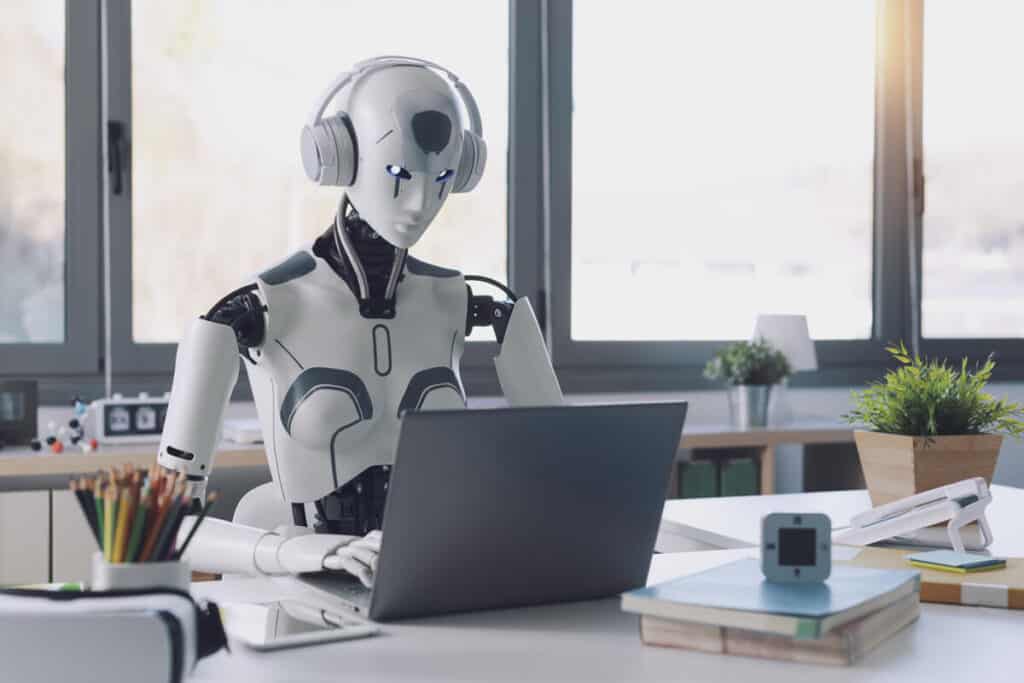
From Virtual Assistants to Autonomous Vehicles: AI at Work
Autonomous functions powered by artificial intelligence can be found in almost every area of life, from Alexa, Siri, and virtual assistance to automated business processes and self-driving vehicles. Natural language processing (NLP) enables virtual assistants to understand and respond to human commands, then translate these into autonomously executed functions such as scheduling appointments and providing information.
Autonomous vehicles rely on artificial intelligence technologies and sensors to navigate and make decisions independently. By analyzing surroundings, identifying obstacles, and monitoring their own operational systems, these vehicles can operate without little or no human intervention.
AI is reshaping industries by empowering intelligent systems that augment human capabilities and automate complex tasks. From virtual assistants to autonomous vehicles, AI is driving us towards a more advanced future.
Machine Learning and Deep Learning: The Engine of AI
Machine learning and deep learning are foundational artificial intelligence technologies. Machine learning teaches computers to learn from data, analyze it, and make predictions. Deep learning, a subset of machine learning, uses so-called “neural networks” of computing resources to mimic the human brain. Deep learning enables tasks such as image recognition and natural language understanding, features that significantly advance the abilities of artificial intelligence systems.
Comparative Analysis: Augmented Intelligence vs. Artificial Intelligence
Augmented intelligence enhances human decision-making by integrating AI technologies, while artificial intelligence aims to automate tasks without human intervention. Understanding their distinctions is key for leveraging these technologies effectively.
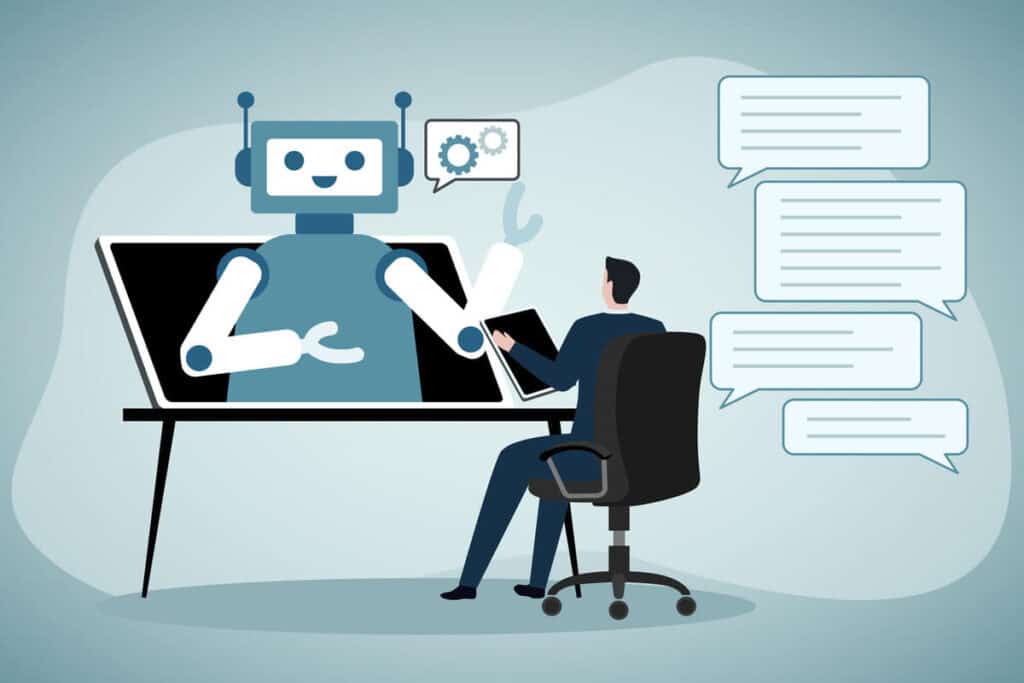
Job Creation vs. Automation: Balancing the Scale
Artificial intelligence has the potential to automate multiple types of business tasks. This often raises concerns about artificial intelligence technologies eliminating human jobs. However, the same technologies also create new job opportunities.
Artificial intelligence can automate and streamline repetitive and mundane tasks such as data entry and expense reconciliation. This can free up scarce or expensive human resources for more strategic, higher-value work, which can lead to increased productivity, job satisfaction, and employee retention. Increased artificial intelligence deployments also create growing demand for new roles in areas such as data science and development of new solutions and tools. Human oversight of artificial intelligence is also essential for ethical decision-making.
Every company must strive to achieve and maintain the optimal balance between automation and job creation. Getting and keeping this balance right allows organizations to benefit from artificial intelligence while mitigating job displacement risks. Workforce “re-skilling” and lifelong learning resources are essential for successful navigation of the transformations of business and work being driven by artificial intelligence.

Ethical Considerations: The Human Element in Technology
The growth and rapid evolution of artificial and augmented intelligence highlight the importance of ethics and emphasize the need to align technology with human values. Ethical deployments require social intelligence — the ability of systems to understand human behavior and emotions and to incorporate these considerations into ethical decisions.
Augmented and artificial intelligence systems must also respect privacy, avoid bias, and be transparent in their decision-making. Human oversight is absolutely necessary to address these issues effectively and consistently as the technologies involved continue to evolve. By prioritizing ethics and humanity in development of augmented and artificial intelligence solutions, we can build a more responsible technology ecosystem that delivers intelligence amplification and enhances human well-being.
Conclusion
Understanding the differences and synergies between augmented intelligence and artificial intelligence is critical to taking maximum business advantage of these explosively evolving technologies. Decision makers must make the best possible choices of what to deploy where and when. This requires keeping track of the evolution of relevant technologies and available offerings, balancing job creation with automation, and addressing ethical considerations. The challenges are significant, but the potential benefits to business and humanity appear limitless in scope.



